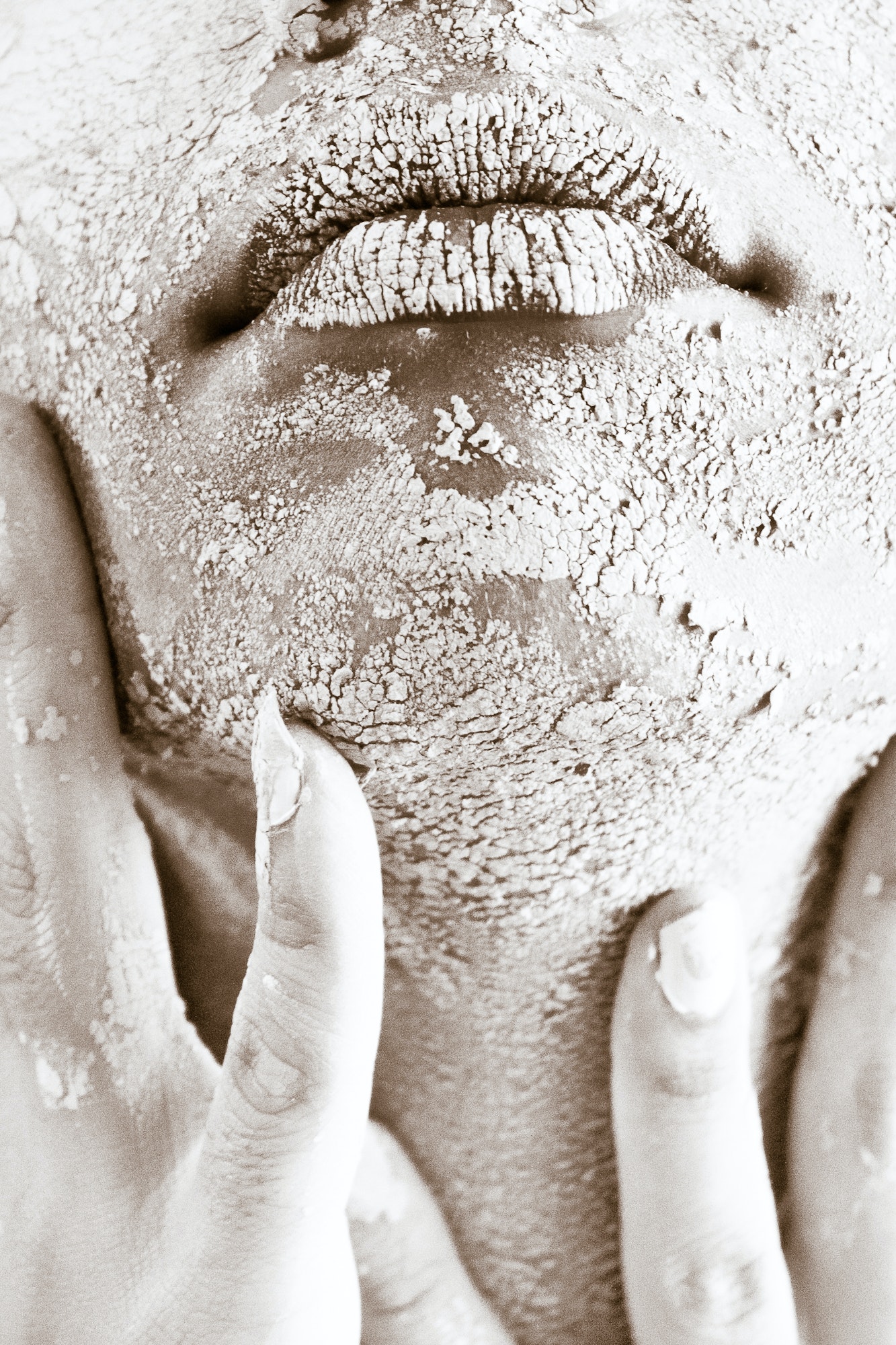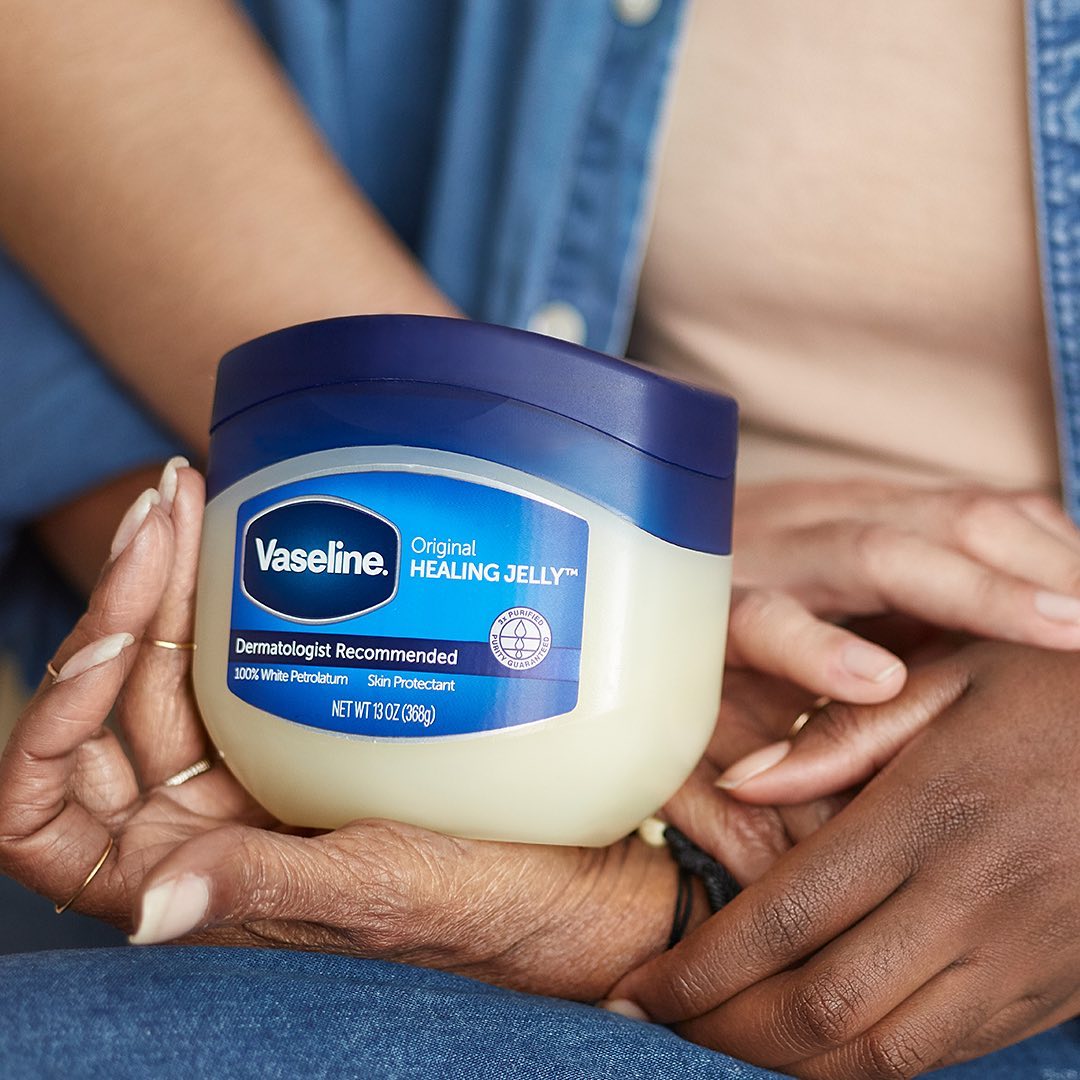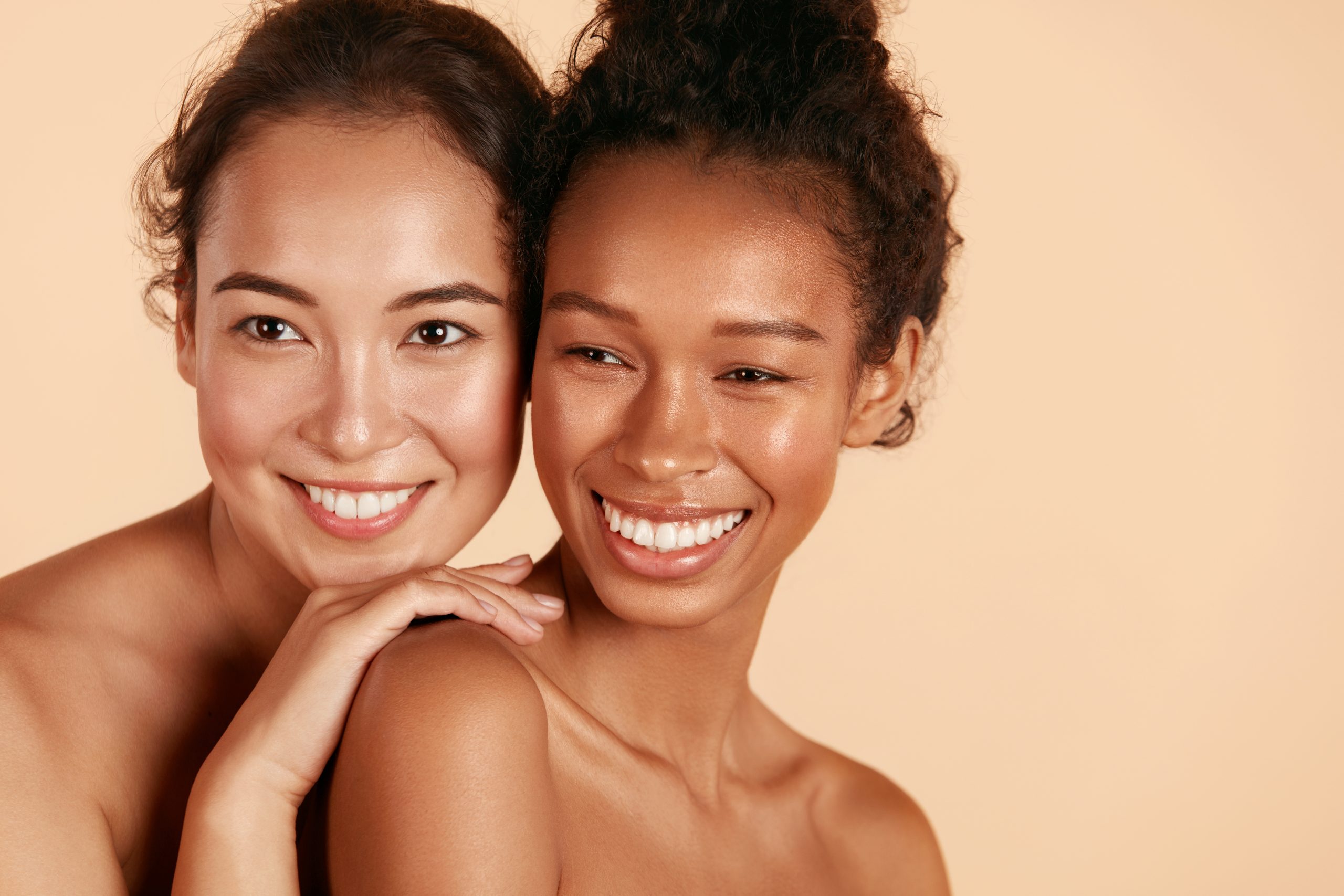What sounds like a baseball term or an activity related to slimy invertebrates is actually a K-Beauty skincare trend that’s been making an appearance in the beauty community. Introducing: Slugging, a not-so-new technique that has recently caught on again on TikTok.
While there are facial treatments that use actual snails and slugs, thankfully for those with molluscophobia, slugging is actually far from them. Essentially, slugging involves coating your skin in a thin layer of an occlusive such as mineral oil, cold cream, or Vaseline. This trend particularly favours those with dry skin types, as it acts as an added barrier which helps to retain your skin’s moisture, while preventing transepidermal water loss (TEWL).
Who is it good for?

Slugging is great if you suffer from dehydrated or dry skin, since it uses lipid ingredients such as mineral oil and petrolatum to create a “seal” on your skin to avoid moisture from escaping – a.k.a transepidermal water loss (TEWL), while providing a softening effect. Dryness and dehydration are also commonly associated with a damaged skin barrier, when the “glue” in your skin is broken down by over-exfoliation or external aggressors, which results in water loss from the skin. With slugging, you’re having a balance of skin cells and lipids that can actually work wonders in “trapping” water, while repairing and protecting your moisture barrier.
However, it’s not advised for those with acne-prone or oily skin to use this technique, since layering on Vaseline may be too occlusive for those who are prone to clogged pores and excess sebum production.
Is petrolatum or mineral oil bad?
Now, if you’ve been caught up in the ‘clean beauty trend‘, ‘greenwashing’ and ‘cancel culture’ of the beauty industry, you would have heard that petrolatum and mineral oil – key ingredients in slugging – have been rather demonised in recent years. There have been claims stating that petrolatum isn’t fully refined, and, according to the Campaign for Safe Cosmetics (TCFSC), “can be contaminated with toxic chemicals called polycyclic aromatic hydrocarbons (PAHs).”

However, neither claims have been able to provide enough evidence to support their case. In the U.S., petrolatum has been regulated and tested since the ‘60s, and recognised by the FDA as a skin protectant since the ‘80s. Another study also showed that petrolatum wasn’t responsible for high levels of PAHs, but instead recognised grilled and smoked foods, as well as cigarette smoking “as important sources of PAH”.
As for mineral oil, it also comes with a long history of safe and stable use in topical applications, and has been concluded by the Cosmetic Ingredient Review (CIR) that it is safe to use in cosmetic applications. Mineral oil itself is a highly purified, chemically stable, and non-comedogenic ingredient – meaning that it has a very low risk of causing a skin reaction.
If you’re really concerned about the safety of your petrolatum, you may determine its purity via NCD listings and NDClist.com. Some popular and safe brands you can rely on include Vaseline, CeraVe, Nivea, and Aquaphor.
So now that you’re equipped with everything you need to know about slugging, why not give your dry skin a break and try it out for yourself?
Featured image: Puhhha | 123rf







